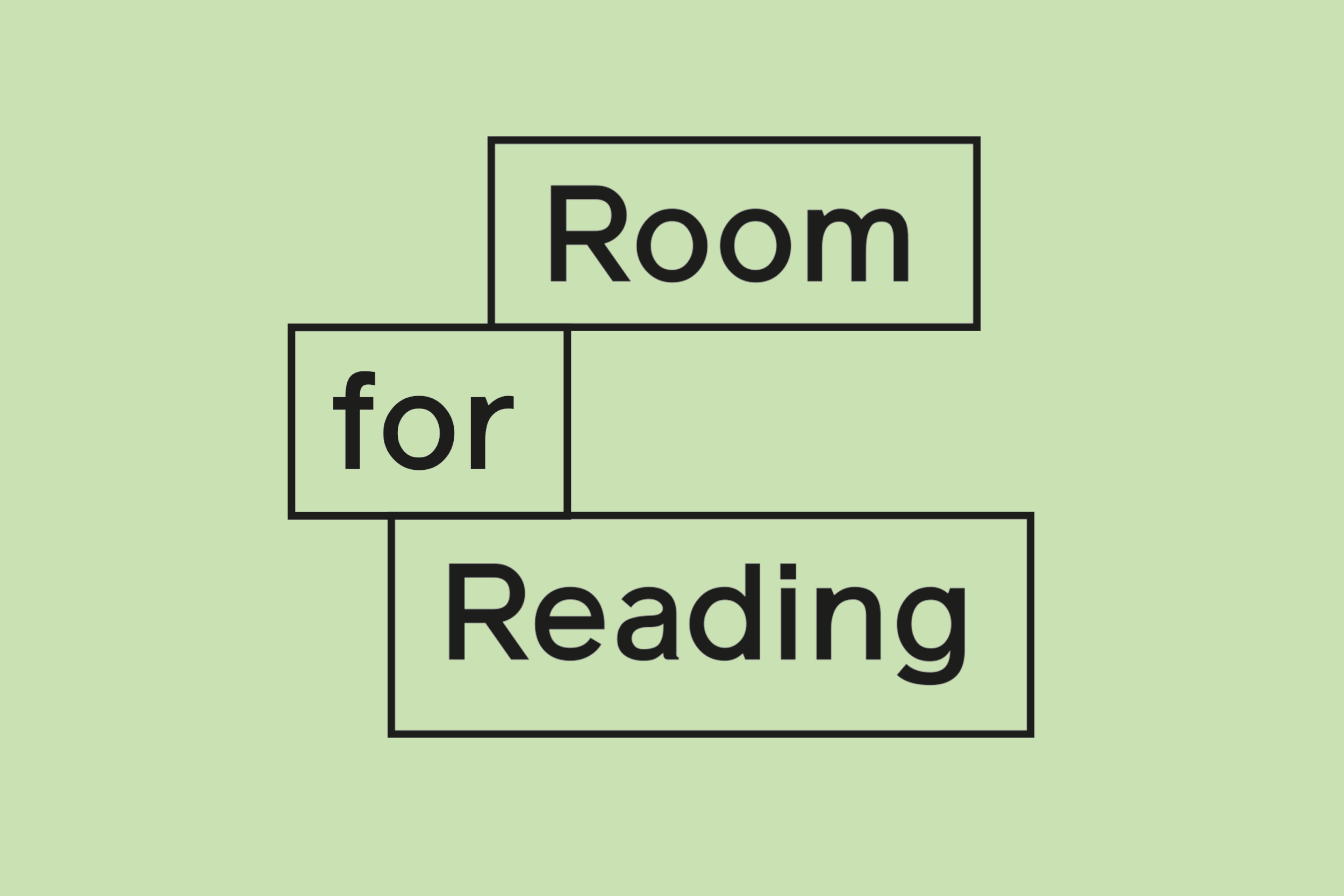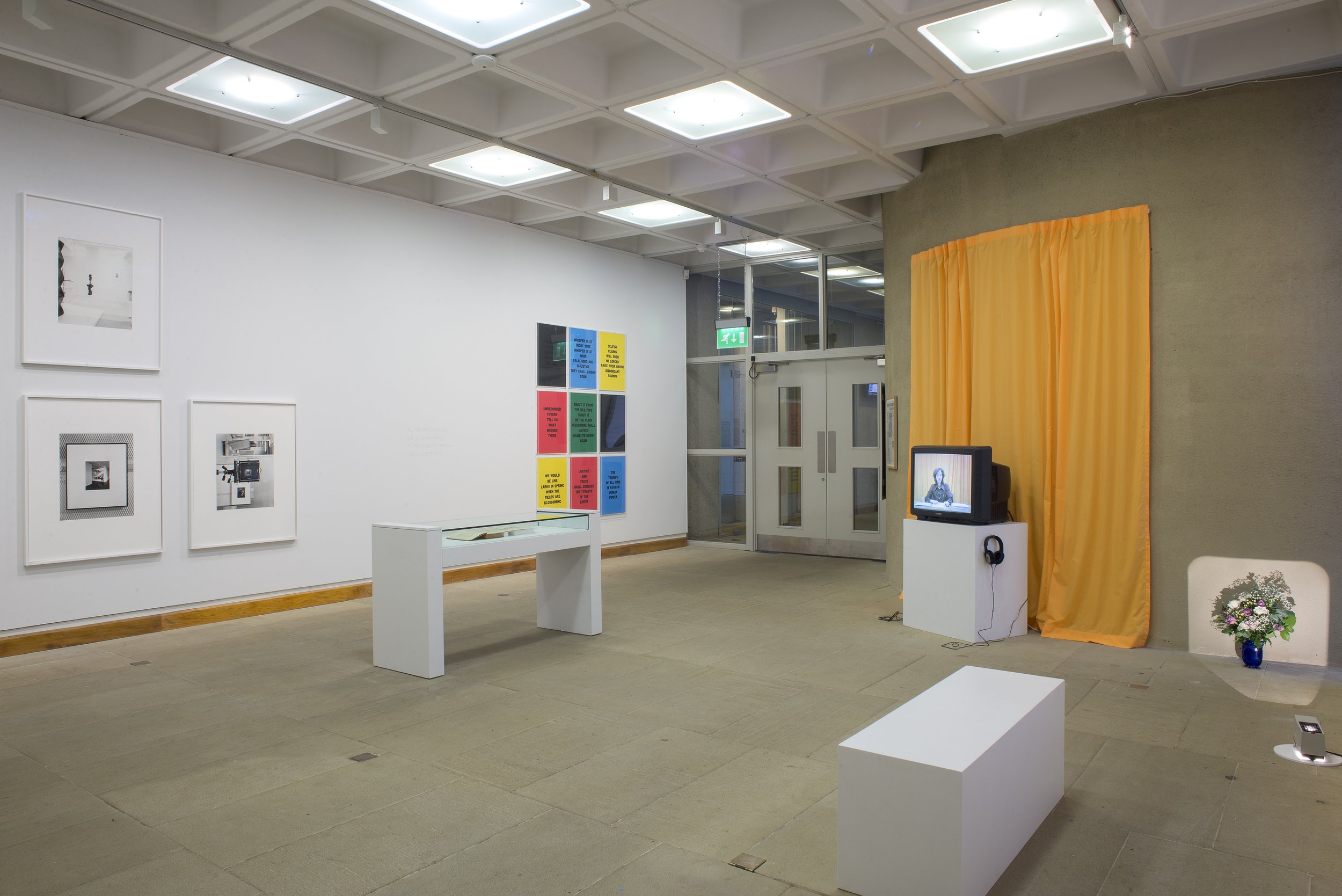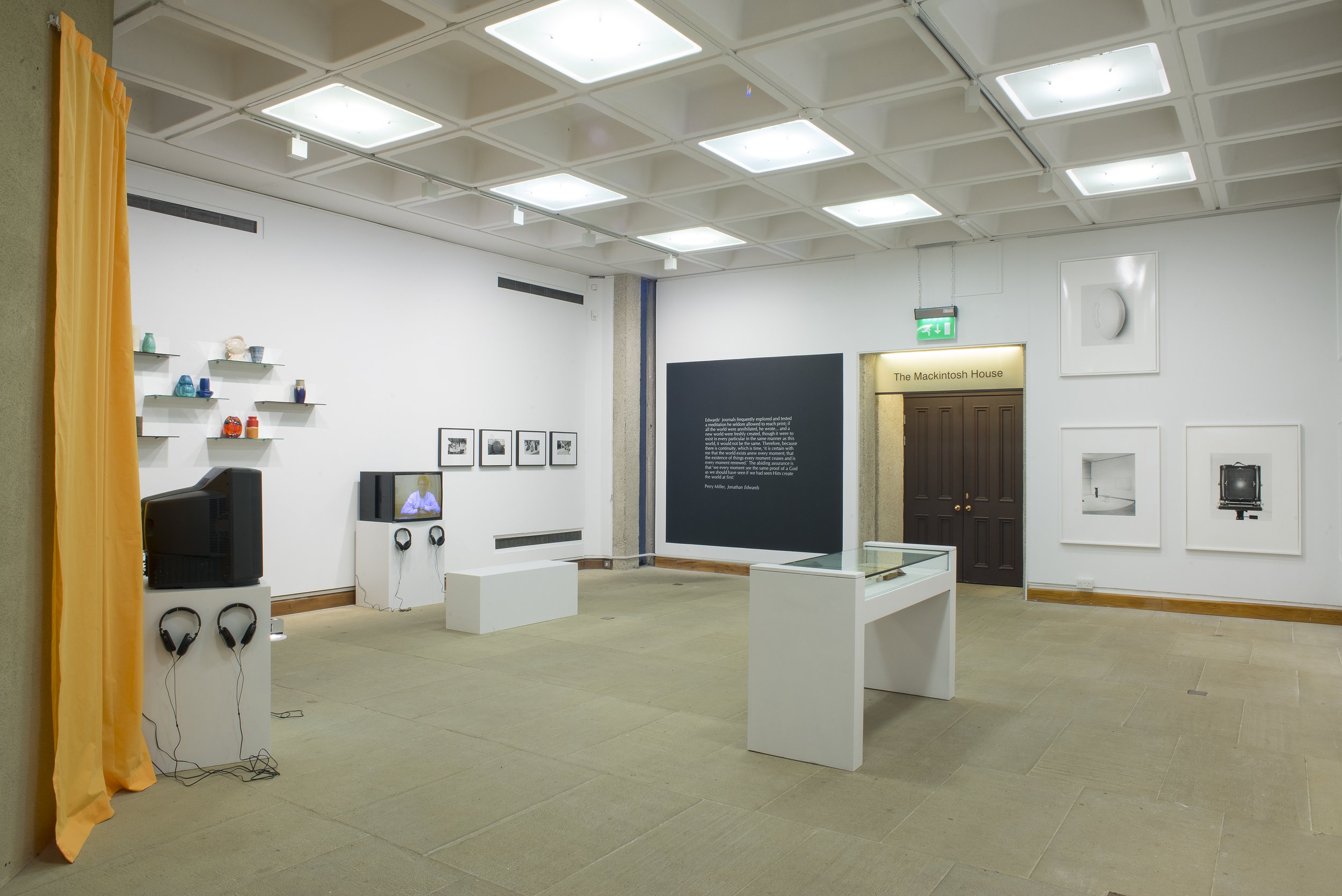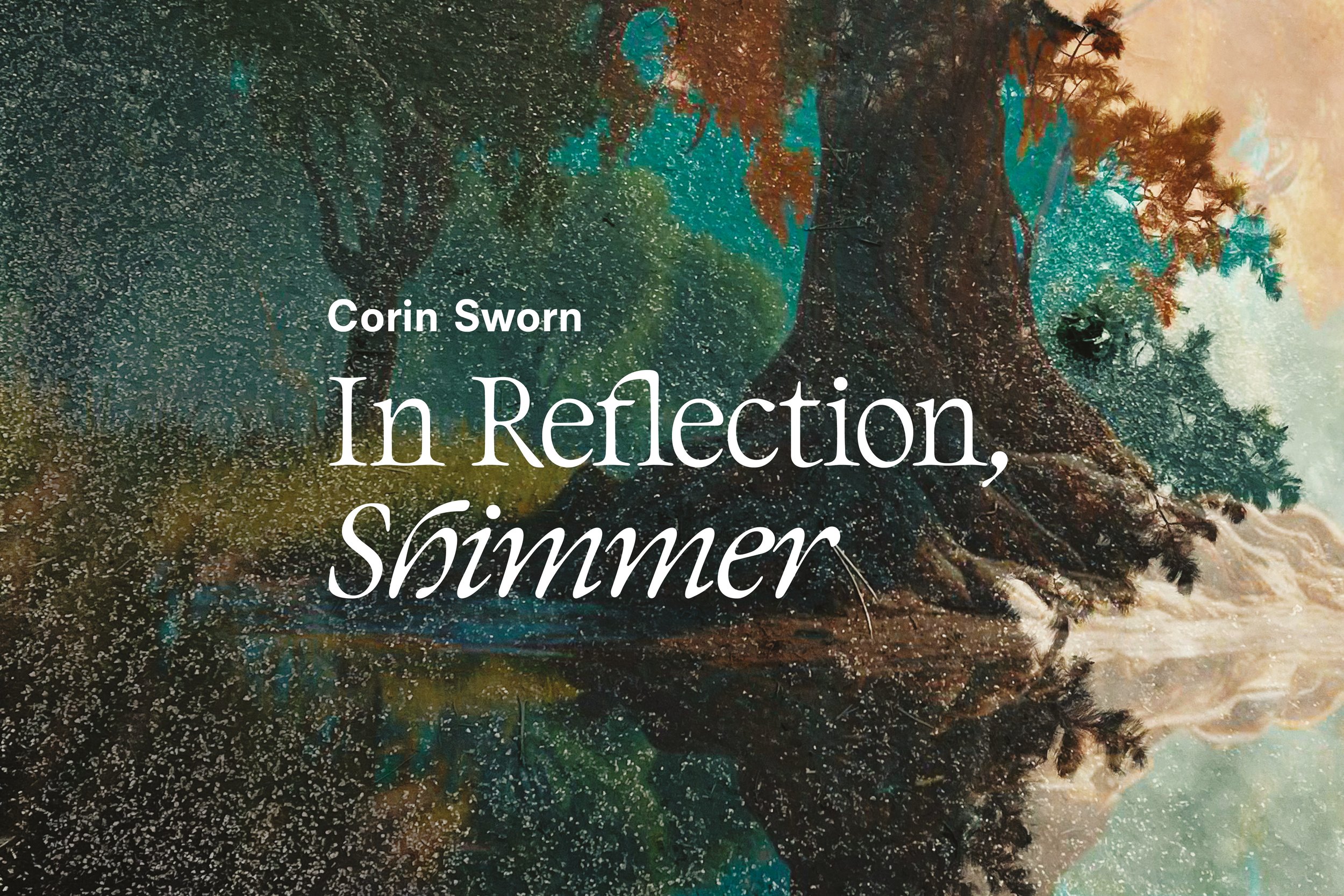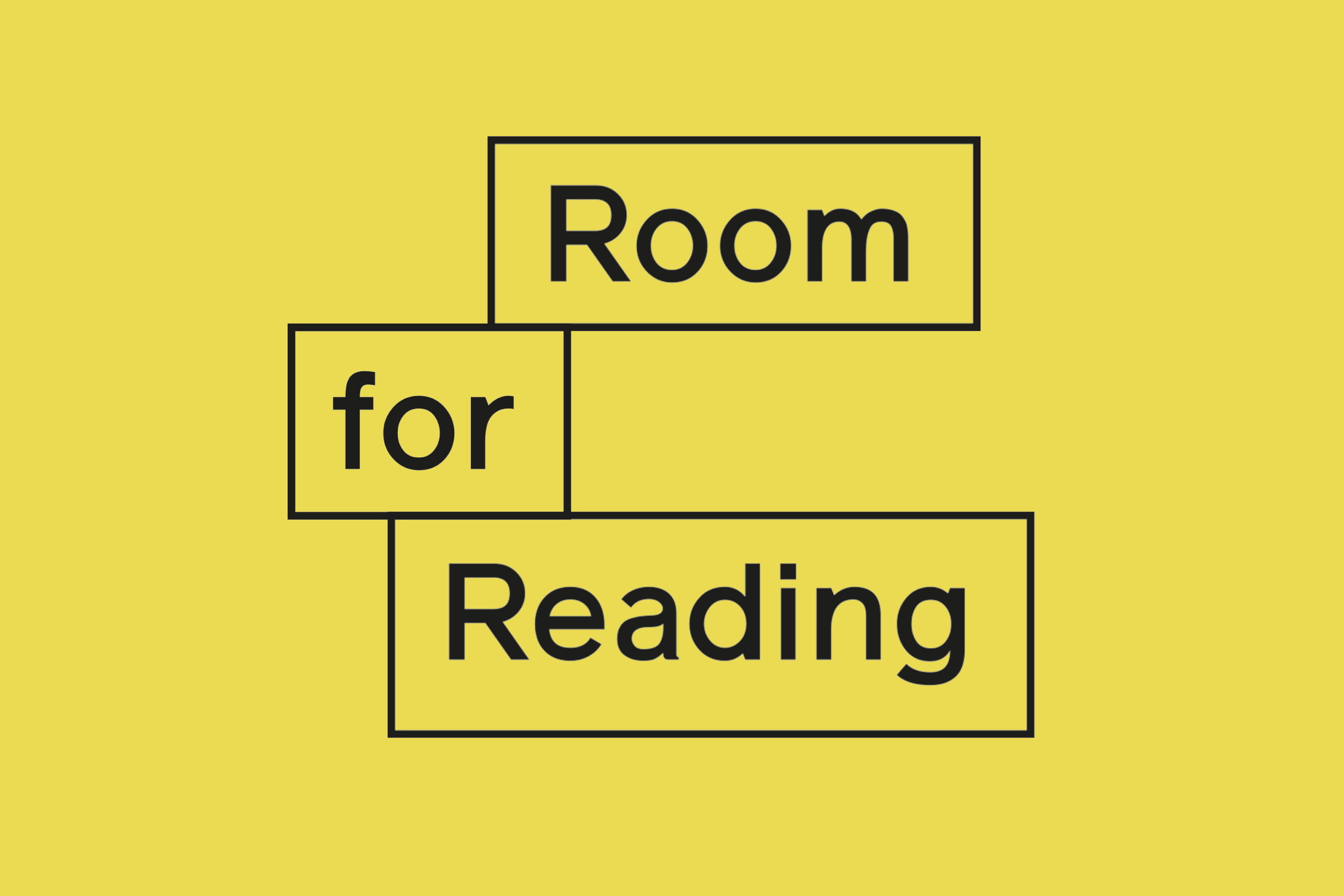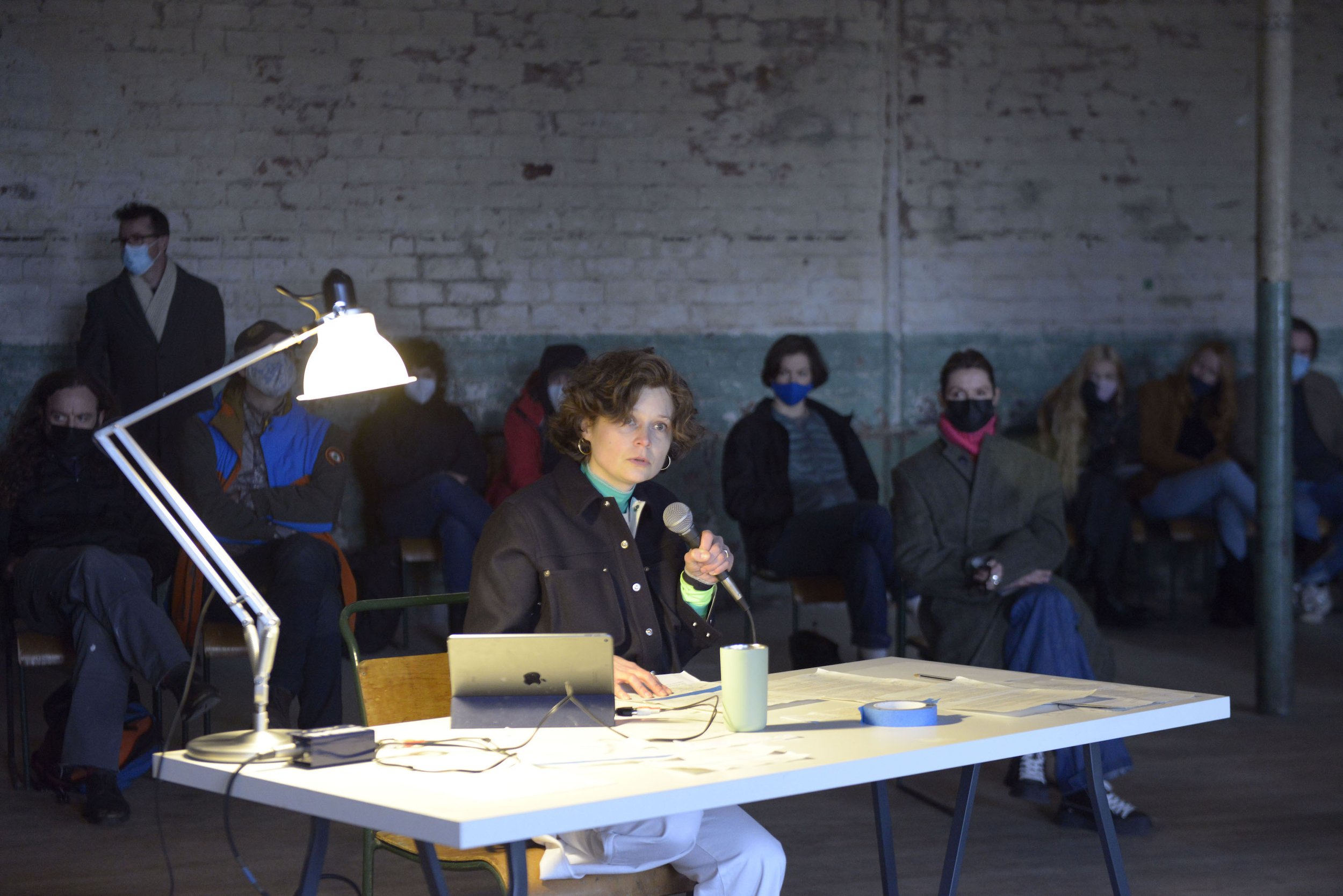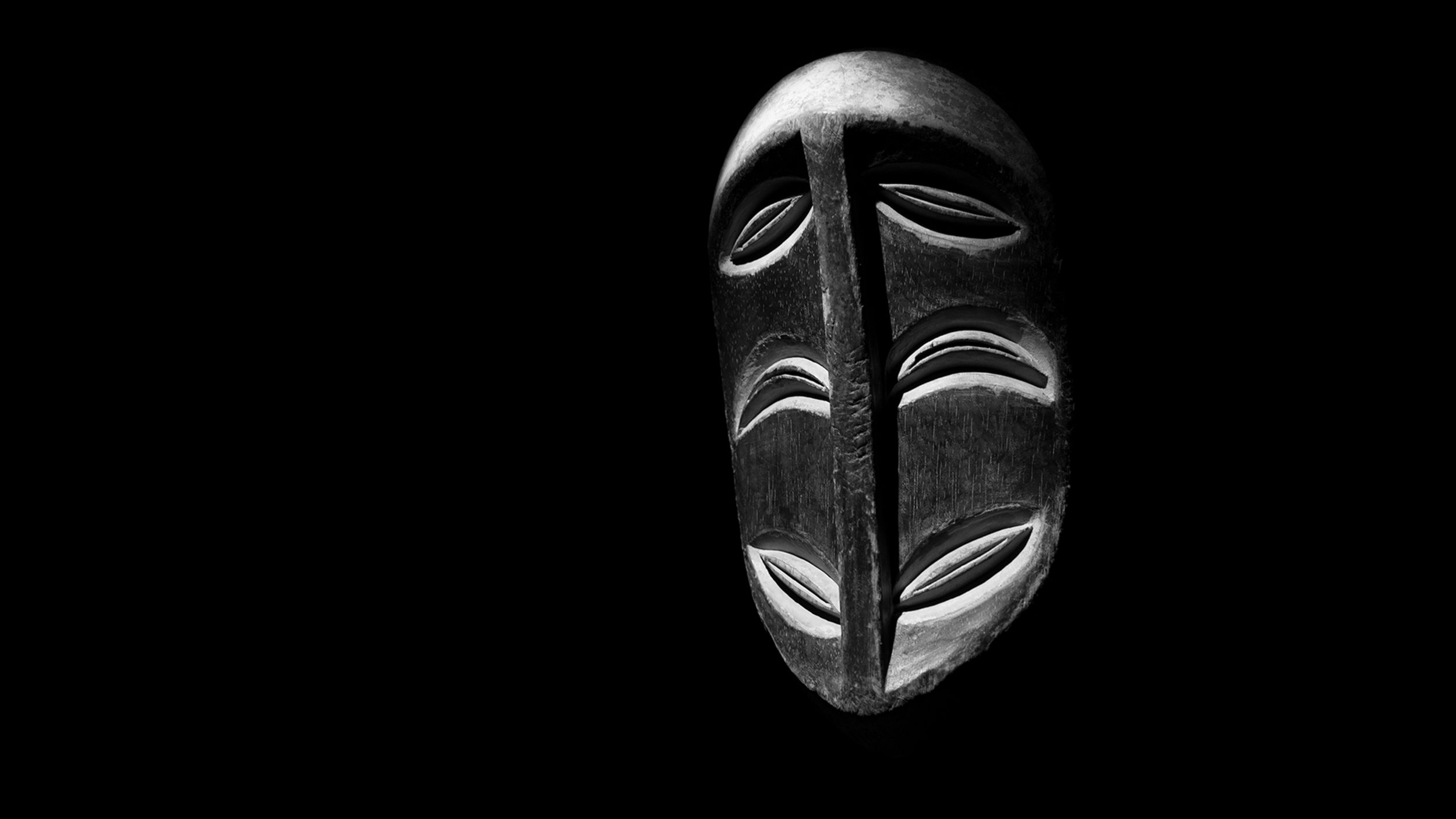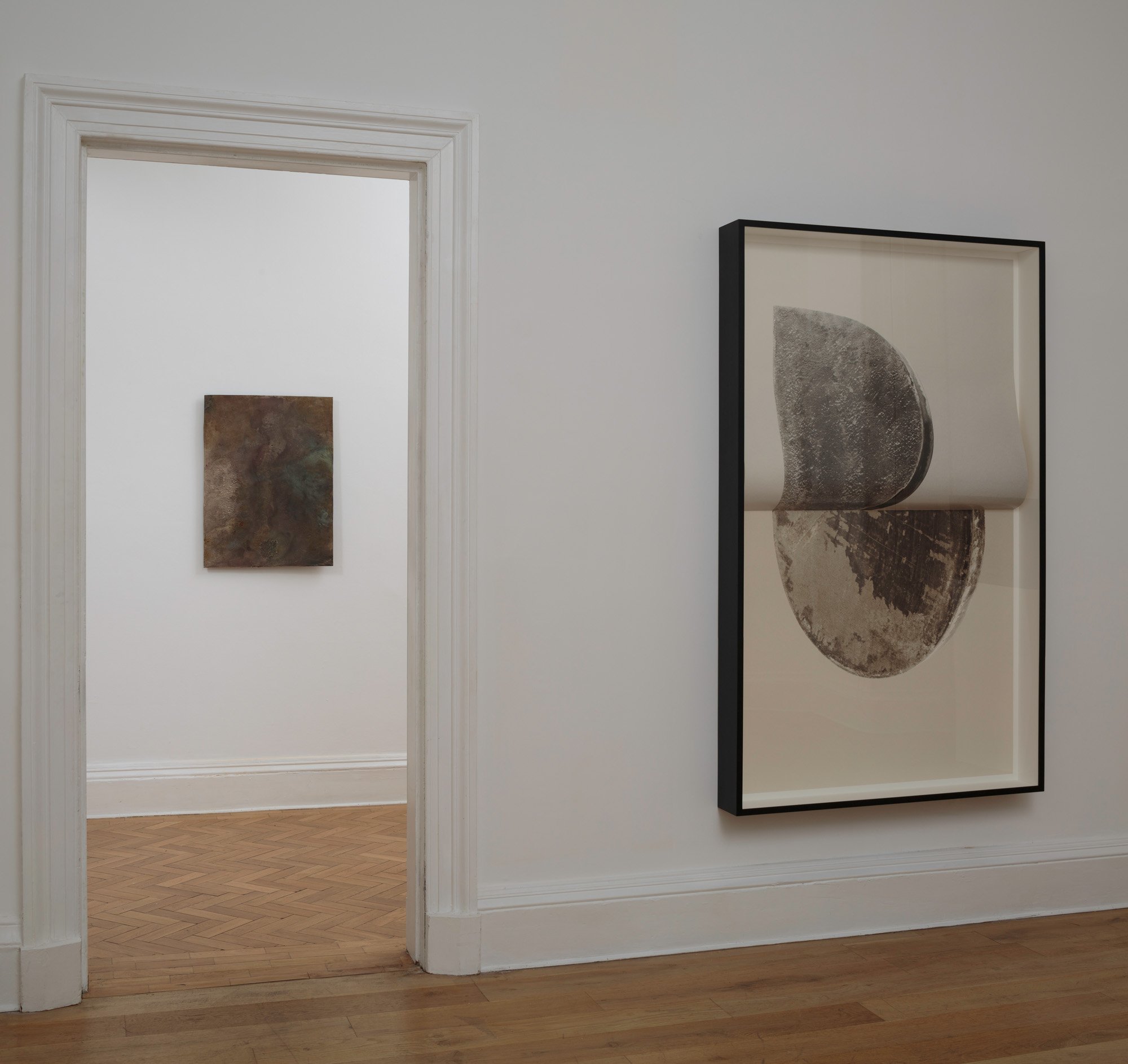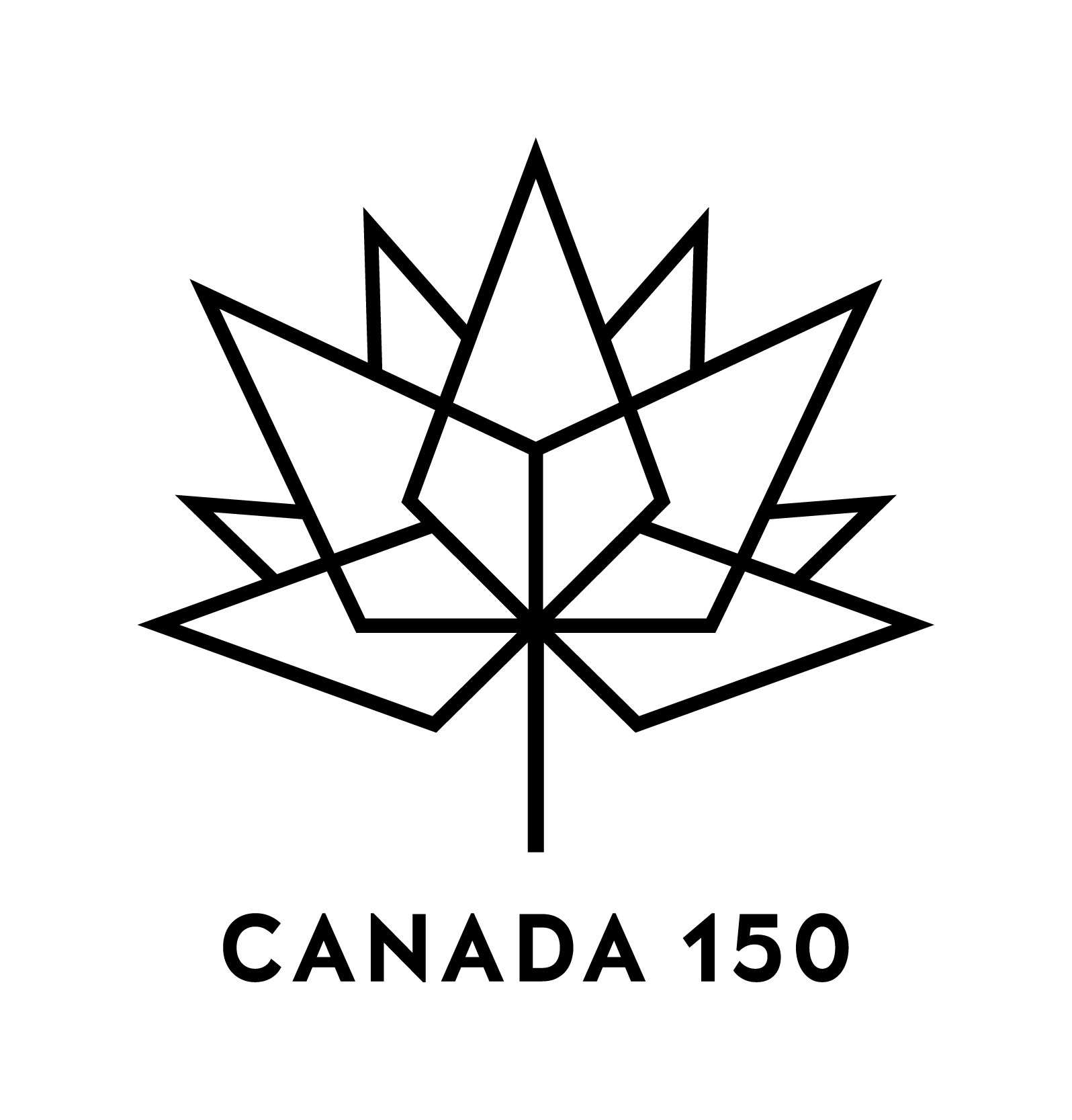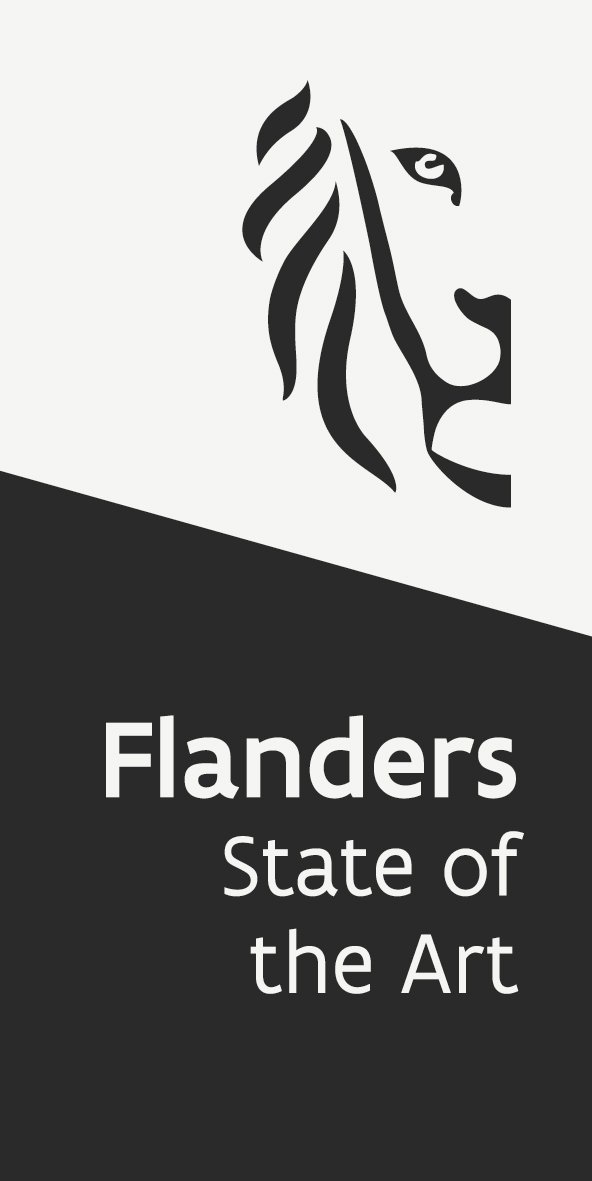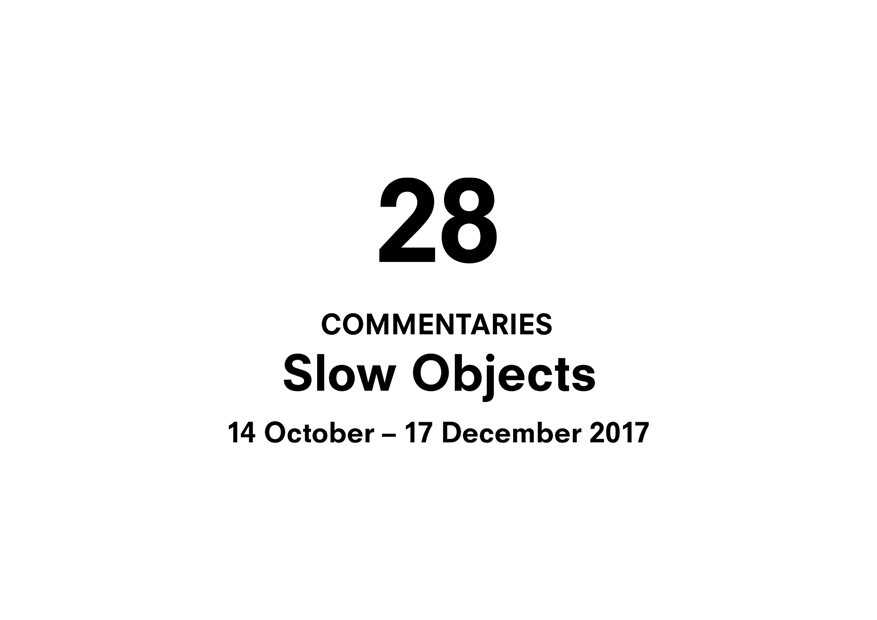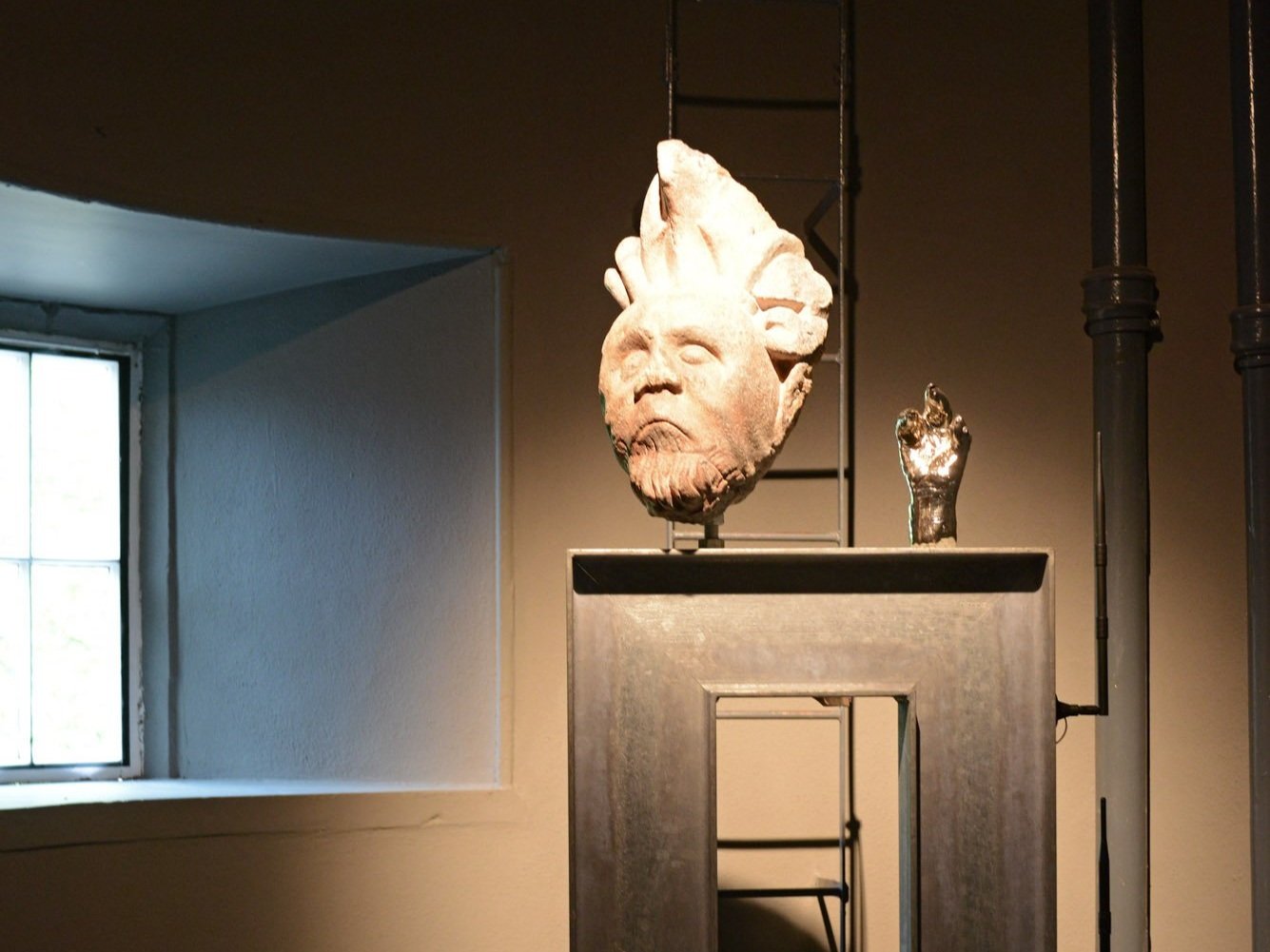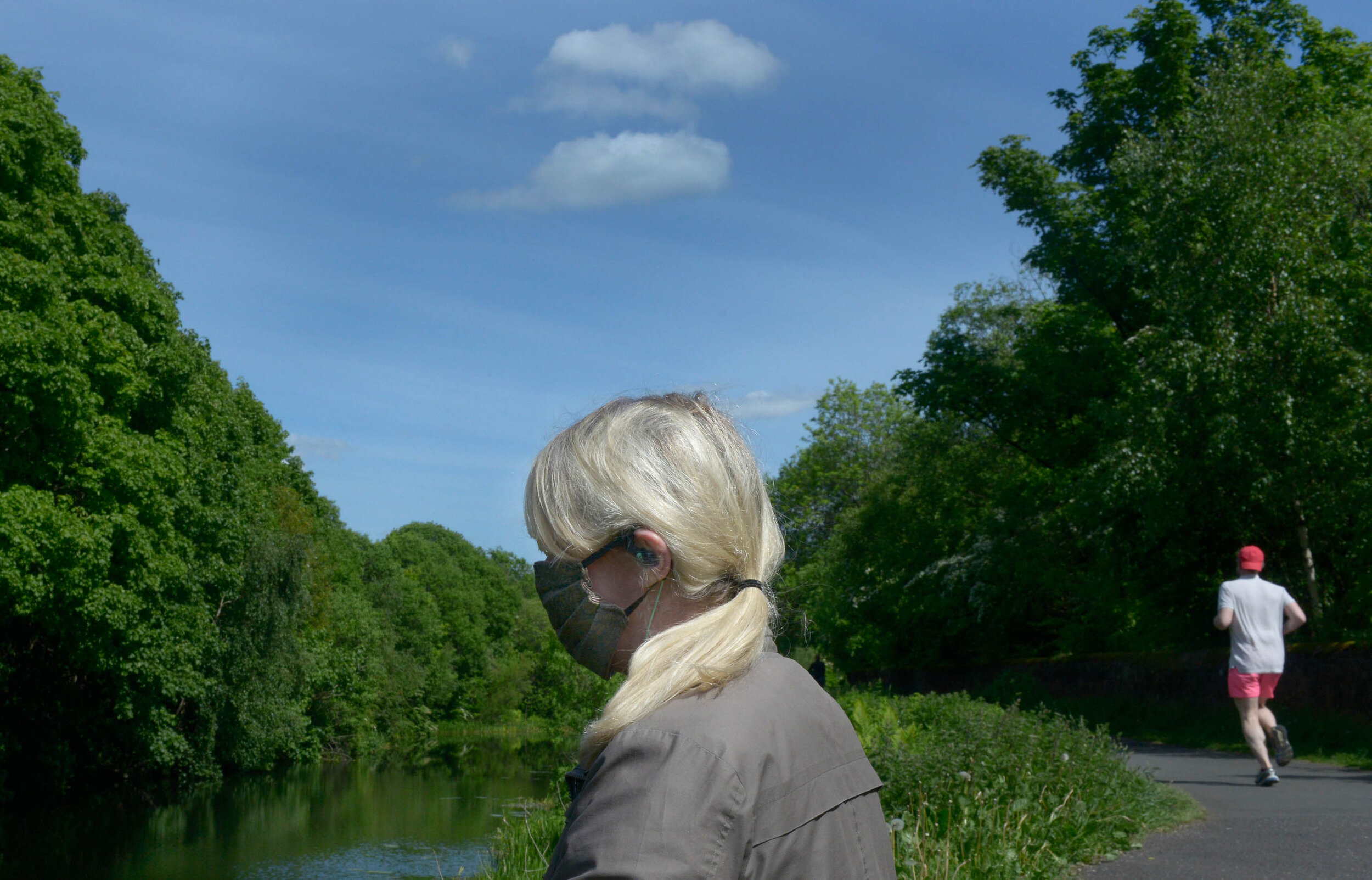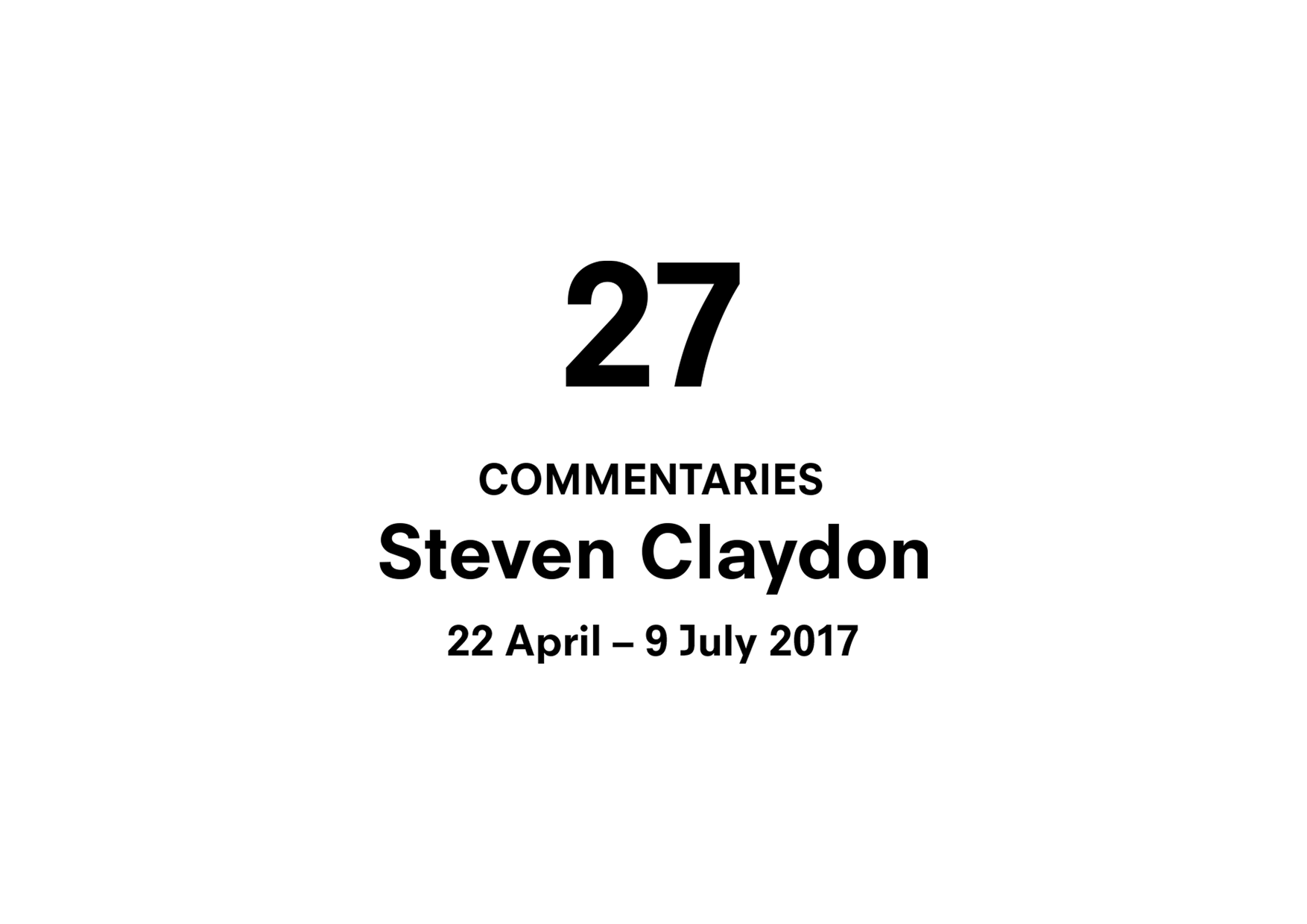
Roundtable Conversation / Susanna Beaumont, James McLardy and Brodie Sim on 'Slow Objects'
'Slow Objects', installation view, The Common Guild, 2017. Photo: Ruth Clark.
Roundtable Conversations offer an opportunity to develop various ideas prompted by exhibitions at The Common Guild. This event will focus on the exhibition ‘Slow Objects’ and will include contributions from curator Susanna Beaumont and artists James McLardy and Brodie Sim.
Event Details
Roundtable Conversations are free to attend and limited to a capacity of ten participants.
Attendees are encouraged to participate in the discussion.
Refreshments and light snacks are available.
Related

Exhibition Talk / Chris Fite-Wassilak on 'Slow Objects'
Vanessa Billy, ‘Refresh, Refresh (Mould Squeeze)’ (2016). Photo: Ruth Clark.
Writer, art critic and curator Chris Fite-Wassilak offers his thoughts on ‘Slow Objects’ and the work of Vanessa Billy, Edith Dekyndt and Erin Shirreff.
Chris Fite-Wassilak is a regular contributor to Frieze, Art Review, Art Monthly and Art Papers and has written about Vanessa Billy’s work for Frieze. His short book of essays ‘Ha-Ha Crystal’ is published by Copy Press.
Event Details
Listen to Chris Fite-Wassilak –
Related
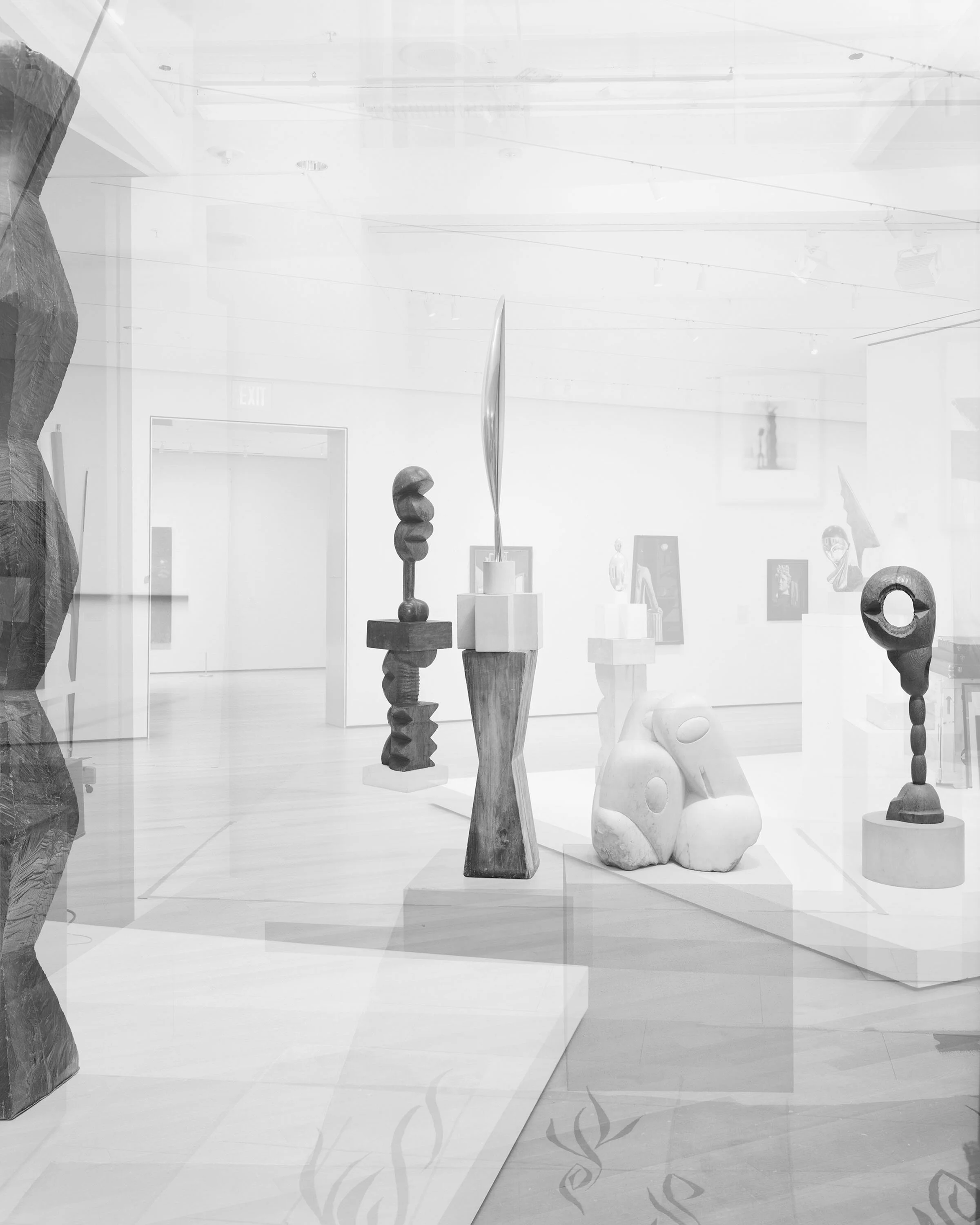
'A Synchronology: the contemporary and other times' – Robert Barry, Gerard Byrne, Phil Collins, Ruth Ewan, Sharon Hayes, Simon Starling, Corin Sworn and others
Simon Starling, 'Pictures for an Exhibition' 2013-2014. #12 of 36 Constantin Brancusi, Endless Column (1918), Adam & Eve (1916–21), Bird in Space (1926), Three Penguins (1911–12), Socrates (1922) (left to right).
Courtesy the Artist and The Modern Institute/Toby Webster Ltd, Glasgow.
Curated by Dr Dominic Paterson for the the University of Glasgow’s Hunterian Art Gallery, ‘A Synchronology’ is a new exhibition marking The Common Guild's 10th anniversary.
Taking its cue from the programme of exhibitions and projects we have realised since coming into being in 2007, the exhibition features several leading international artists and includes a diverse range of works that nonetheless share an interest in temporality: in marking time and in the presence of the past.
In our ten-year existence, The Common Guild has established itself as a leading force in contemporary visual arts in the UK. We curated Scotland’s participation in the 55th Venice Biennale in 2013, commissioning work by Corin Sworn, Hayley Tompkins and Duncan Campbell, who subsequently won the Turner Prize. The Common Guild has also worked closely with the University of Glasgow to present artist’s talks, symposia and other events, and ‘A Synchronology’ extends this collaboration.
The exhibition includes works by Robert Barry, Gerard Byrne, Phil Collins, Ruth Ewan, Sharon Hayes, Simon Starling and Corin Sworn and among others.
Further info
Supported by
Related

Maria Fusco presents Dr Scott Hames
The third event for Maria Fusco's project 'Dialecty’ is a talk by Dr Scott Hames, Lecturer in Scottish Literature at Stirling University.
Hames is interested in ‘vernacular’ writing and cultural politics, especially in modern Scotland. His talk explores aesthetic possibilities for dialect which run counter to the romantic and realist paradigms that usually govern our perception of non-standard language.
'Dialecty' is a new project conceived by writer Maria Fusco considering the critical uses of vernacular forms of speaking and writing. The project explores the occurrences and potential uses of dialect words, syntax and language within the field of contemporary art and question traditional orthodoxies of creative and critical writing within contemporary art.
Events with Lisa Robertson, Dr Lauren Hall-Lew and Scott Hames took place in 2017 and a series of chapbooks with writing by Harry Josephine Giles & Martin O’Leary, Robert McClean, Helen Nisbet, Lisa Robertson, Adam Pendleton and Natasha Soobramanien & Luke Williams have been co-published by Book Works and The Common Guild, as part of Co-series.
Further Info
The Dialecty chapbooks series is available from Bookworks
Event Details
Listen to Dr Scott Hames –
Related

'Slow Objects' - Vanessa Billy, Edith Dekyndt and Erin Shirreff
Vanessa Billy ‘Solid Cloud’(2016) heated and sandblasted bronze (detail). Courtesy of the artist and BolteLang, Zurich.
‘Slow Objects’ is an exhibition that brings together the work of three outstanding artists who each explore the relationship between material and process, time and transformation. The exhibition includes a selection of new and recent works by Vanessa Billy, Edith Dekyndt and Erin Shirreff, artists who share an interest in both natural and pseudo-scientific processes, alchemy and labour. ‘Slow Objects’ includes video, photography, sculpture and installation, exploring the relationship between image, surface and form and the way we perceive and understand objects.
'Slow Objects' installation view, The Common Guild, 2018. Edith Dekyndt 'Slow Object 02' (1997/2016), fabric stretched on frame, bread dough. Vanessa Billy 'Les fonds qui pleurent' (2017), nylon net, bio-resin, dye. Erin Shirreff 'Medardo Rosso, Madame X', (1896/2013), colour video, silent. Photo: Ruth Clark.
Vanessa Billy is known for sculptural works that utilise a wide range of familiar substances including waste materials, residues and discarded objects that suggest human activity and question our relationship with the world around us. Her practice is grounded in the physical qualities of these materials, providing a base from which to explore alchemical processes and cycles of energy and activity.
Residues also feature in the work of Edith Dekyndt. Familiar materials such as salt, sugar, bread, milk, lemons, earth and blood are used in unfamiliar ways, testing substances through a variety of natural processes – including fermentation, absorption, desiccation and decay. Traces of these experimental processes are recorded in the work, which ranges from video and sculpture, to performance and installation.
Erin Shirreff’s work explores the material and temporal qualities of objects and images. Working with photography, video and sculpture, her work blurs the distinction between object and image to explore the process of recognition. Her works suggest the passing or understanding of time and enables what she describes as “a drawn out encounter” with the object.
Vanessa Billy (born 1978, Geneva) lives and works in Zurich. Recent solo exhibitions include ‘Dear Life’, Centre Culturel Suisse, Paris (2017), ‘We Dissolve’, Kunsthalle St. Gallen, Switzerland (2016), 'Sustain, Sustain', Collective Gallery, Edinburgh (2014) and ‘Three times a day’, Kunsthaus Baselland, Muttenz, Switzerland (2011).
Edith Dekyndt (born 1960, Ieper, Belgium) lives and works in Tournai and Berlin. Recent solo exhibitions include ‘Air, rain, pain, wind, sweat, tears, fear, yeast, heat, pleasure, salt, dust, dreams, odors, noises, humidity’, DAAD Gallery, Berlin, Germany (2016), ‘Ombre indigène’, Wiels, Brussels (2016) and ‘Théoreme des Foudres’, Le Consortium, Dijon, France (2015). Dekyndt participated in 'Viva Arte Viva' the 57th International Art Exhibition curated by Christine Macel for La Biennale di Venezia, Italy (2017).
Erin Shirreff (born 1975, Kelowna, British Columbia, Canada) lives and works in New York City. Recent solo exhibitions include ‘Halves and Wholes’, Kunsthalle Basel, Basel, Switzerland (2016), ‘Erin Shirreff’, Institute of Contemporary Art, Boston, Mass. (2015) and ‘Pictures’, Contemporary Art Gallery, Vancouver, B.C. (2013).
Project Details
Read the Commentary by Chris Fite-Wassilak –
Engagement
Slow Objects took part in Luminate, Scotland's Creative Ageing Festival.
Related

Talk / Tiffany Jenkins – ‘Who Owns Culture?’
Tiffany Jenkins is author of the critically acclaimed 'Keeping Their Marbles: How Treasures of the Past Ended Up in Museums and Why They Should Stay There' and regularly writes for The Scotsman, The Guardian, The Spectator and The Independent.
Her talk takes us through the history of debates over cultural ownership, cultural appropriation, and explains why no one culture owns culture.
Event Details
Listen to Tiffany Jenkins –
Related

Michael Stumpf – 'We are more-dimensional'
Courtesy of the artist.
'We are more-dimensional' is an ambitious solo exhibition by Glasgow-based artist Michael Stumpf, presented by The Common Guild at Viborg Kunsthal for ‘The Sleepover: Rethinking Art Institutions’, which is part of Aarhus 2017.
Stumpf's sculptural installation is a complex collection of cast, carved, sewn and found objects. Each with their own resonance, from Viborg's particular geology, to the poems of Ursula K. Le Guin, and the zeros and ones of binary coding, Stumpf's works use sculpture to pose questions about the material and technological reality of the world we currently inhabit.
For this exhibition, Stumpf has worked with The Animation Workshop in Viborg to develop an augmented reality that animates a hand-blown glass vessel - an otherwise static object. Through digital means, he both seriously and humorously suggests that the object itself embodies stories that are otherwise invisible to us. Here, as in much of his previous work, Stumpf combines suggestive narrative fragments to create newly constructed myths for our time.
The Common Guild was invited to participate in ‘The Sleepover’ as part of Viborg Kunsthal’s research into new ways of thinking about art institutions and their resources. The starting point was a stay in the Kunsthal´s artist residency in 2016, where a number of artists and curators have developed new ideas and concepts for exhibitions. The outcome in 2017 comprises exhibitions by Swedish-Danish artist Andreas Emenius, the European network In Situ and The Common Guild.
Project Details
‘We are more-dimensional’ took place at Viborg Kunsthal, Viborg, Denmark in 2017.
The project was part of Aarhus, the annual festival of arts and culture.
Related

Exhibition Talk / Martin Clark on Steven Claydon
Steven Claydon, ‘Double Jeopardy – Twin Studies’, (2017). Laminated MDF, shredded money, resin, painted resin, gold-plated blister packs, LED lights. Photo: Ruth Clark.
Martin Clark, currently Director of Bergen Kunsthall, Norway, and newly announced Director of Camden Arts Centre talks about Steven Claydon’s exhibition as well as previous projects Clark and Claydon have worked on together.
These included a large-scale group exhibition 'The Noing Uv It', co-curated with Claydon in 2015 and drawing its title from the 1980 Russell Hoban novel, 'Riddley Walker'; and a new video and sound commission, 'Infra-idol Assembly', that Claydon produced for last year's Art Sheffield 2016, for which Clark was Artistic Director.
Event Details
Listen to Martin Clark on Steven Claydon –
Related

Roundtable Conversation / Arne Wern, Lauren Gault and Lesley Young on Steven Claydon
Steven Claydon, ‘Zoetrope – The Earth Becoming World’ (detail) (2017). Photo: Ruth Clark.
Roundtable Conversations offer an opportunity to develop various ideas prompted by exhibitions at The Common Guild.
This event focuses on the work of Steven Claydon through contributions from artists Arne Wern and Lauren Gault, and independent curator and lecturer Lesley Young.
Event Details
Roundtable Conversations are free to attend and limited to a capacity of ten participants. Attendees are encouraged to participate in the discussion. Refreshments and light snacks are available.
Related

Maria Fusco presents Dr Lauren Hall-Lew
The second event for Maria Fusco's project 'Dialecty’ is a talk by Dr Lauren Hall-Lew, Reader in Sociolinguistics at the University of Edinburgh. Hall-Lew’s talk focuses on dialect, authenticity, and credibility, with a brief introduction to the mechanics of dialect analysis.
'Dialecty' is a new project conceived by writer Maria Fusco considering the critical uses of vernacular forms of speaking and writing. The project explores the occurrences and potential uses of dialect words, syntax and language within the field of contemporary art and question traditional orthodoxies of creative and critical writing within contemporary art.
Events with Lisa Robertson, Dr Lauren Hall-Lew and Scott Hames took place in 2017 and a series of chapbooks with writing by Harry Josephine Giles & Martin O’Leary, Robert McClean, Helen Nisbet, Lisa Robertson, Adam Pendleton and Natasha Soobramanien & Luke Williams have been co-published by Book Works and The Common Guild, as part of Co-series.
Event Details
Listen to Dr Lauren Hall-Lew –
Related

Steven Claydon / Collection Tour at GMRC
Steven Claydon, ‘The Archipelago of Contented Peoples: Endurance Groups’ installation view The Common Guild, 2017. Photograph by Ruth Clark. Courtesy of the artist.
Patricia Allan, Curator of World Cultures, and Ed Johnson, Assistant Curator of Collections will lead a tour of Glasgow Museum’s collection focusing on objects from the Torres Strait Islands, a group of at least 274 small islands in the Torres Strait, a waterway separating far northern continental Australia's Cape York Peninsula and the island of New Guinea also known as Zenadh Kes.
Event Details
This event was presented as part of Steven Claydon’s exhibition ‘The Archipelago of Contented Peoples’.
Collections tours took place on Tuesday 6 and Wednesday 7 June 2017.
Related

Exhibition Talk / Professor Matthew Fox on Steven Claydon
Steven Claydon, ‘Double Jeopardy – Crocodiles and Canoes’ (2017) (detail). Steel, painted polyurethane resin, painted resin, LED lights, gym mats. Photo: Ruth Clark
Matthew Fox is Professor of Classics at the University of Glasgow. He currently holds a Leverhulme Major Research Fellowship and is writing a book on Roman ideas of materialism.
Taking inspiration from Steven Claydon’s work, Fox discusses the relationship between mythology and materiality in Claydon’s sculptural installations.
Event Details
Listen to Matthew Fox –
Related

Steven Claydon – 'The Archipelago of Contented Peoples: Endurance Groups'
Research materials for ‘The Archipelago of Contented Peoples: Endurance Groups’. Courtesy of the artist.
Steven Claydon is known for sculptural work that examines the changing value of objects – aesthetic, functional and financial – a theme that has become more pertinent against the backdrop of threats to cultural heritage internationally. Working with a range of carefully sourced and fabricated components, encompassing the arcane and the high-tech, Claydon plays out the processes whereby objects come into being, accrue meaning, and endure and transform through environmental and cultural shifts.
Steven Claydon, ‘Double Jeopardy – Twin Studies’, (2017). Laminated MDF, shredded money, resin, painted resin, gold-plated blister packs, LED lights. Photo: Ruth Clark.
Claydon presents a group of new works spanning sculpture, installation and sound, in which he addresses the ideas of jeopardy and pressure. Claydon’s work often draws a parallel between physical pressures – such as those experienced at great depth, altitude, or in a vacuum – and the subtler kinds of pressures that are imposed on objects in terms of how they are used, viewed, presented or aestheticised within any given social or institutional context.
Within and between the works in the exhibition, Claydon poses the question of whether objects and concepts – emancipated from specific uses and contexts – possess a counterpart to the evolutionary survival strategies seen in humans and animals.
In parallel with Claydon’s exhibition in Glasgow, The Common Guild is co-operating with Mount Stuart, Bute as part of its contemporary visual arts programme on Steven Claydon, 'The Archipelago of Contented Peoples: Introduced Species’, which runs from 3 June - 29 October 2017.
This exhibition is Claydon’s first solo show in Scotland, continuing The Common Guild’s reputation for bringing important international artists to Scotland for the first time. Claydon’s exhibition in Glasgow follows a new commission as part of ‘The Persistence of Objects’ (2015) an exhibition curated by The Common Guild for Lismore Castle Arts, Ireland.
Steven Claydon (b. 1969 in London) lives and works in London and has worked in music and video as well as sculpture. In 2016 he was one of four artists shortlisted for the first Hepworth Prize for Sculpture.
He has exhibited widely over the last 20 years, including solo exhibitions at Bergen Kunsthall, Norway; Centre D’Art Contemporain Geneva, Geneva, Switzerland (both 2015); Firstsite, Colchester (2012); and White Columns, New York, USA (2006). He has also participated in numerous group exhibitions and biennales including Manifesta 11, Zurich and ‘Solid Liquids’, Kunsthalle Munster, Germany, (both 2016), 'The Persistence of Objects' curated by The Common Guild for Lismore Castle Arts (2015); ‘Busted’, High Line Commission, New York (2013): British Art Show 7: ‘In the Days of the Comet’, Hayward Gallery, London; Glasgow, UK; Plymouth, UK (2011); and ‘Rings of Saturn’, Tate Modern, London (2006).
Claydon has also curated several exhibitions including ‘The Noing Uv It’ for Bergen Kunsthall, Norway, together with Martin Clark (2015) and ‘Strange Events Permit Themselves the Luxury of Occurring’, Camden Arts Centre, London (2007).
Further Info
Documents
Adam Benmakhlouf reviews 'The Archipelago of Contented Peoples: Endurance Groups', The Skinny, May 2017
Steven Claydon’s parallel exhibitions at The Common Guild and Mount Stuart, Isle of Bute reviewed in The Scotsman, July 2017
Additional Links
‘The Archipelago of Contented Peoples: Endurance Groups’ is supported by the Henry Moore Foundation. With thanks to Industrial Gases company BOC, leading subsea operations and manufacturing company JFD and their National Hyperbaric Centre.
Project Details
Steven Claydon, 'The Archipelago of Contented Peoples: Endurance Groups' was presented at The Common Guild and followed by 'The Archipelago of Contented Peoples: Introduced Species’ at Mount Stuart, Bute later in 2017.
Read the Commentary by Lesley Young –
Related
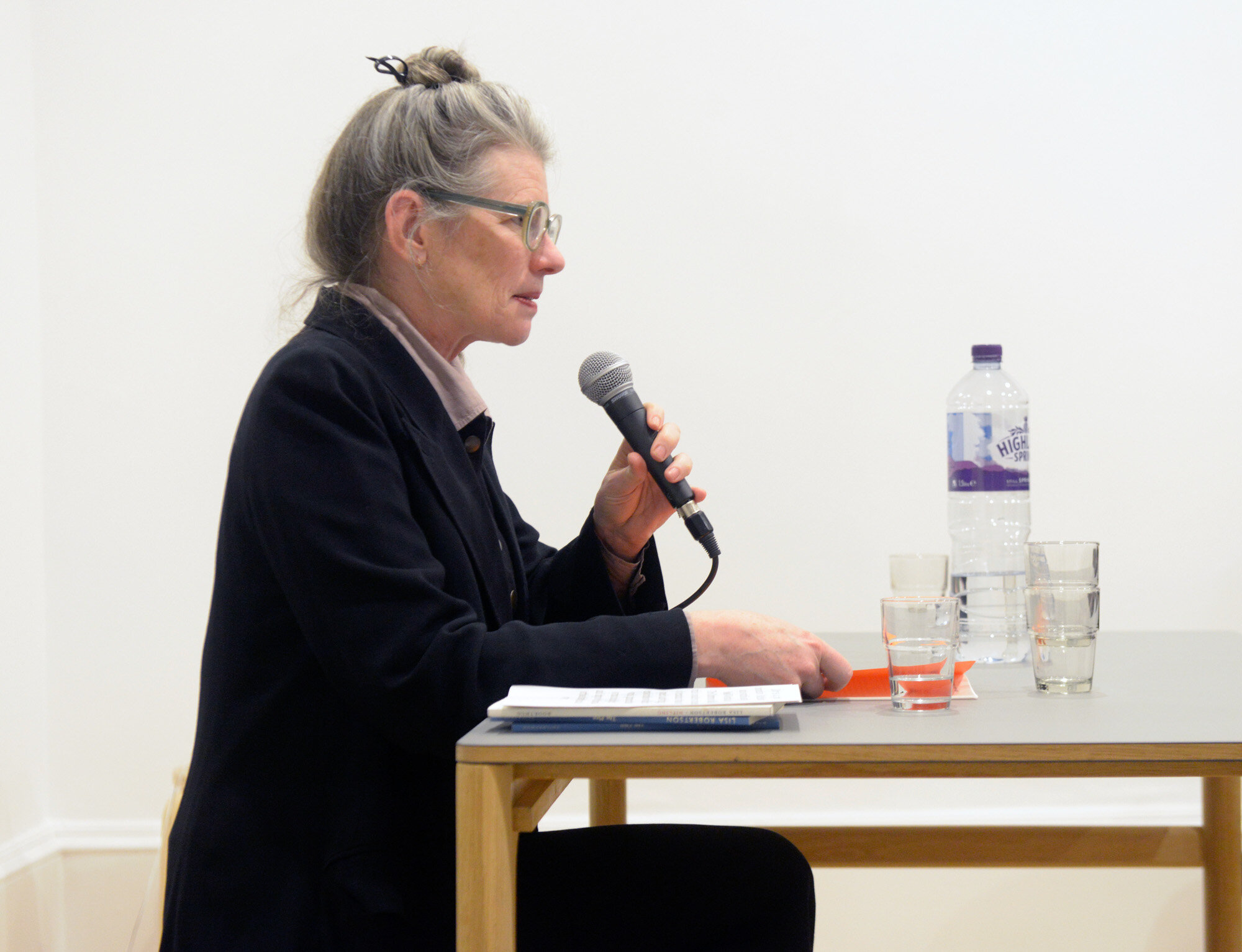
Maria Fusco presents Lisa Robertson
Photo: Alan Dimmick.
The first event for Maria Fusco's project 'Dialecty' is a public reading and discussion by cult Canadian poet Lisa Robertson, who discussed the construction of vernacular voice amidst the abolishment of a lyric culture: "I think the voice is the great Baroque pearl of this catastrophe that is the political human dump."
'Dialecty' has been conceived by writer Maria Fusco to consider the critical uses of vernacular forms of speaking and writing. The project explores the occurrences and potential uses of dialect words, syntax and language within the field of contemporary art and questions traditional orthodoxies of creative and critical writing within contemporary art.
Events with Lisa Robertson, Dr Lauren Hall-Lew and Scott Hames took place in 2017 and a series of chapbooks with writing by Harry Josephine Giles & Martin O’Leary, Robert McClean, Helen Nisbet, Lisa Robertson, Adam Pendleton and Natasha Soobramanien & Luke Williams have been co-published by Book Works and The Common Guild, as part of Co-series.
Event Details
Listen to Lisa Robertson –
Related

Room for Reading / 2015
Room for Reading features publications about and selected by exhibiting artists in our programme. To coincide with Thomas Demand’s exhibition ‘Daily Show’, he has selected three books for our Room for Reading.
Ben Lerner, ‘10:04’ (2015); Michael Fried, ‘Why Photography Matters as Art as Never Before’ (2008); Alexander Klugt and Oskar Negt, ‘History and Obstinacy’ (1981).
Demand’s first selection is the novel ‘10:04’ by Ben Lerner (2015). The book tells the story of a writer, who has in the past year, enjoyed unexpected literary success, been diagnosed with a potentially fatal heart condition, and been asked by his best friend to help her conceive a child. The novel charts an exhilarating course through the contemporary landscape of sex, friendship, memory, art and politics, and captures what it is like to be alive right now.
In ‘Why Photography Matters as Art as Never Before’ (2008), Michael Fried argues that from the late 1970s onward, as photography is made at large scale and presented on a wall, that photographers had to grapple with issues centering on the relationship between the photograph and the viewer. Fried further demonstrates that certain philosophical problems - associated with notions of theatricality, literalness, and objecthood, and touching on the role of original intention in artistic production, first discussed in his controversial essay 'Art and Objecthood' (1967) - have come to the fore once again in recent photography. This means that the photographic 'ghetto' no longer exists; instead photography is at the cutting edge of contemporary art as never before.
Demand’s final selection is ‘History and Obstinacy’ (1981) by Alexander Kluge and Oskar Negt. ‘History and Obstinacy’ turns its attention to the human side of political economy: the living forces of production, the anthropology of labor power, the soft tissue of capitalism. Kluge and Negt ask what happens when we apply the theoretical tools of Marx’s analysis not to dead labour but to its living and breathing counterpart, to the human subject.
Read an excerpt from (10:04) here.
Read ‘Why Photography Matters as art never before’ here.
Read ‘History and Obstinacy’ here.
Details
Room for Reading is a space to engage with research related to our programme as recommended by the artists and collaborators we work with at The Common Guild.
Books are suggested in conjunction with our exhibitions and projects.
